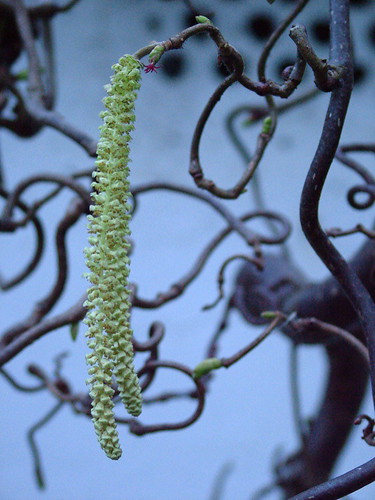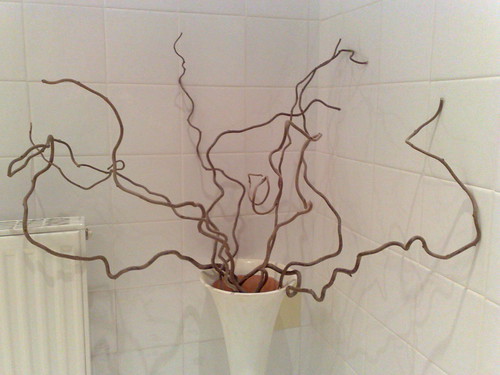Children’s Bottle Gardens and Terrariums
 photo by medoriastar
photo by medoriastar
Bottle Gardens for children can be entertaining and educational. Plants can be supplemented with small toys as any gardening is meant to be fun.
Containers and Bottles
At the larger end you may want a fish tank garden, which is easier to plant up and maintain. Cut a piece of glass to fit on the top.
An old sweet jar laid on it’s side or a goldfish bowl can be planted up
Clear glass is needed to get photosynthesis working.
The larger the bottle top the easier it will be to fill and maintain.
How to Plant up
Put in a 2″ layer of fine gravel to aid drainage
Cover with a layer of compost no more than 2-3 ”
Plant mini plants in the compost, taller growers at the back.
Cover again with a thin layer of gravel to hold soil in place.
Small Plants for a Children’s Bottle Garden
Select plants that are slow growing and dwarf in habit like:-
- Polka dot plants Hypoestes phyllostachya
- Friendship plant Pilea involucrata terxtured or lined varieties
- Peperomias are compact with heart shaped leaves
- African violets and the carpet plant Episcia both have good flowers
Cultivation of your Bottle Garden
…






















